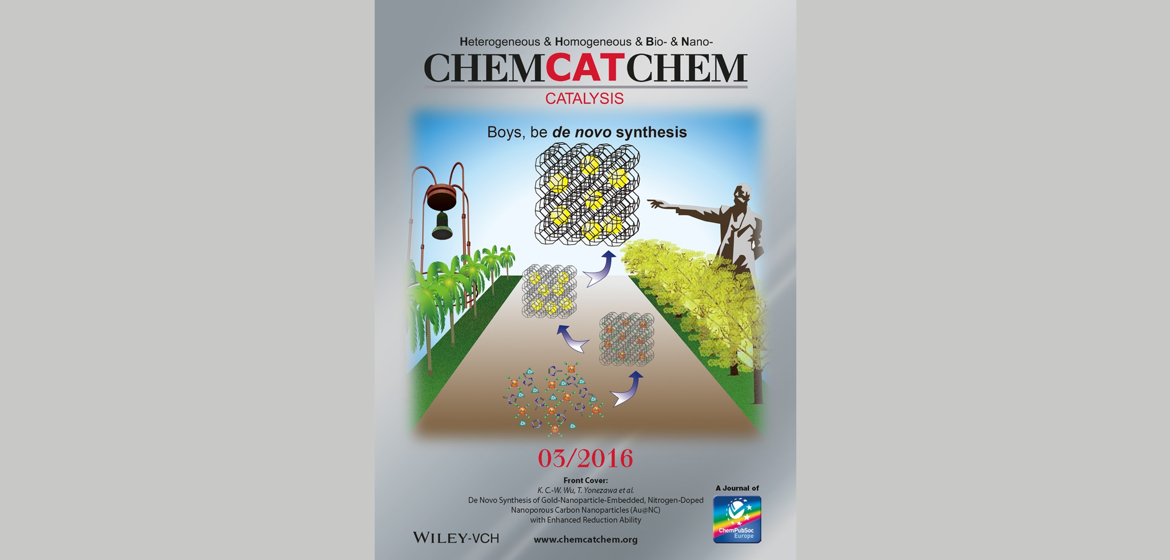“The use of whole-cell biocatalysts enables catalyst application in microaqueous reaction systems, in which the liquid phase consists of high substrate loadings in organic solvents, to enable access to high concentrations of easy-to-purify product. One current research focus is the modularization of single reaction steps to (i) enable flexible combinations into multi-step enzyme reactions, (ii) investigate ideal reaction conditions, and (iii) facilitate catalyst handling and recycling. Therefore, we published the easy-to-apply encapsulation of a lyophilized whole-cell catalyst in a polymeric membrane recently. These catalytic “teabags” were demonstrated to enable flexible catalyst combinations for multi-step reactions and excellent recyclability during repeated batch experiments. We now describe the applicability of these “teabags” on a larger scale by using the new SpinChem reactor and a classical stirred-tank reactor model. As an alternative, we investigate the described alginate entrapment approach and compare the results. The carboligation reaction towards (R)-benzoin, using lyophilized E. coli that enclose Pseudomonas fluorescens benzaldehyde lyase (EC 4.1.2.38), served as a model reaction. It was demonstrated that the catalytic “teabags” are scalable and perform equally on the investigatory 5 mL scale and the preparative 140 mL reactor scale. Tested in a more advanced application, the “teabags” were proven to be useful in a one-pot two-step reaction for the gram-scale production of 1-phenylpropane-1,2-diol by using the SpinChem reactor, which allowed to reach an industrially relevant product concentration (32.9 g/L) and space–time yield (8.2 g/(L.d))."

Highlights:
- “When we performed, the assay under the same conditions on a 140 mL scale in the SpinChem reactor, the reaction rate was almost identical with an overlapping standard deviation (16.3 mM/h). Therefore, the “teabag” system is scalable to the SpinChem reactor, although the reactor does not enable to overcome the diffusion limitations exhibited by the “teabag” membrane material.”
- “As for the “teabags”, neither the vigorous mixing by the stirrer bar nor the application of the SpinChem allowed to overcome the mass transfer limitation of the alginate polymer. Nevertheless, the use of the SpinChem is preferred over the use of a stirred-tank reactor when alginate beads are used, as the minimization of mechanical forces in contrast to a stirred tank reactor enables a better recyclability of the immobilizates.”
- The authors apparently deployed catalyst systems in which internal mass transfer effects are limiting and as such enhanced stirring and thereby reduced external diffusion layers do not resolve the problem. However, the authors still benefited from the gentler stirring that the SpinChem reactor provided.

